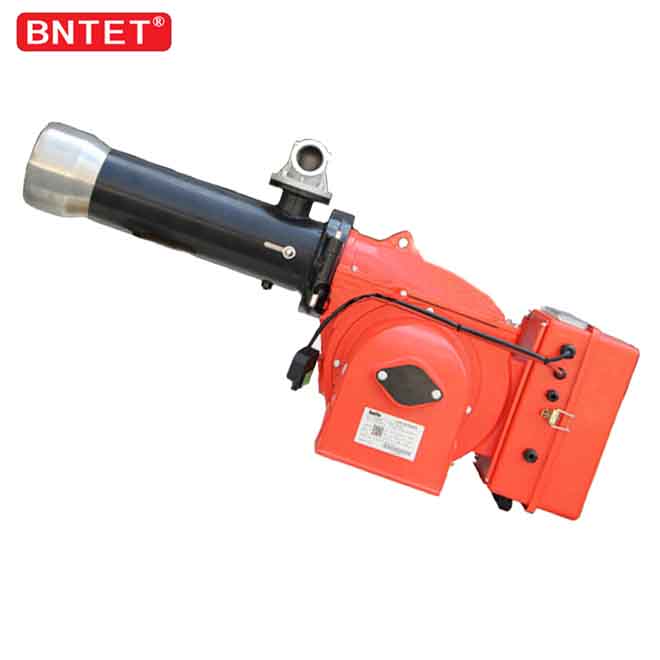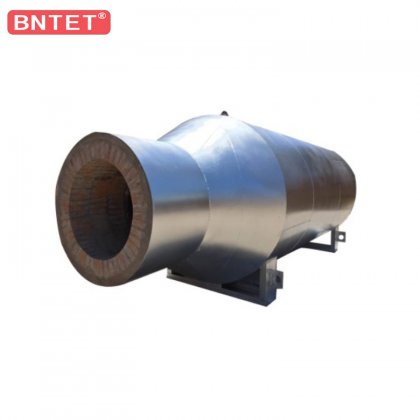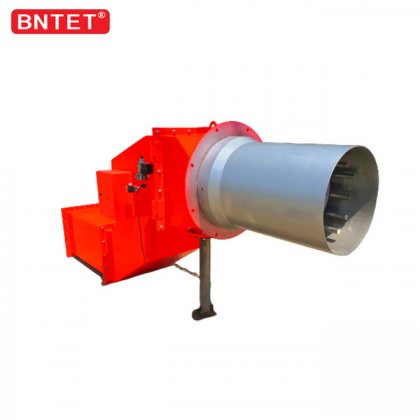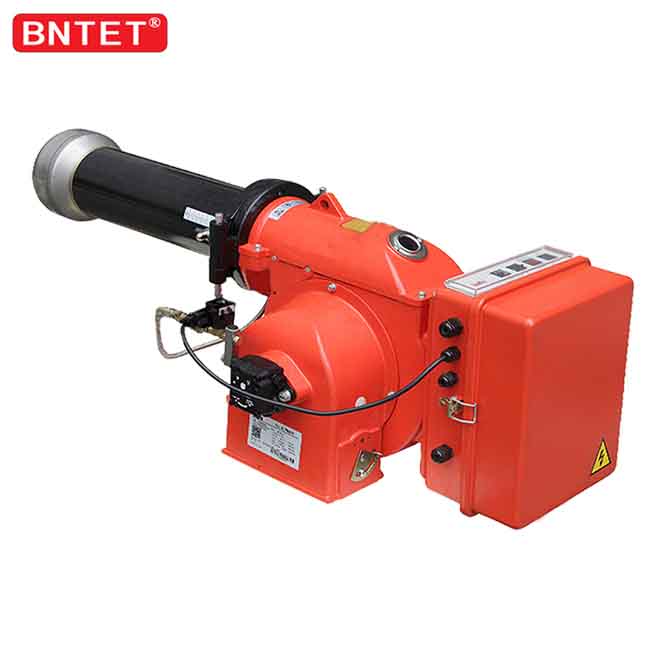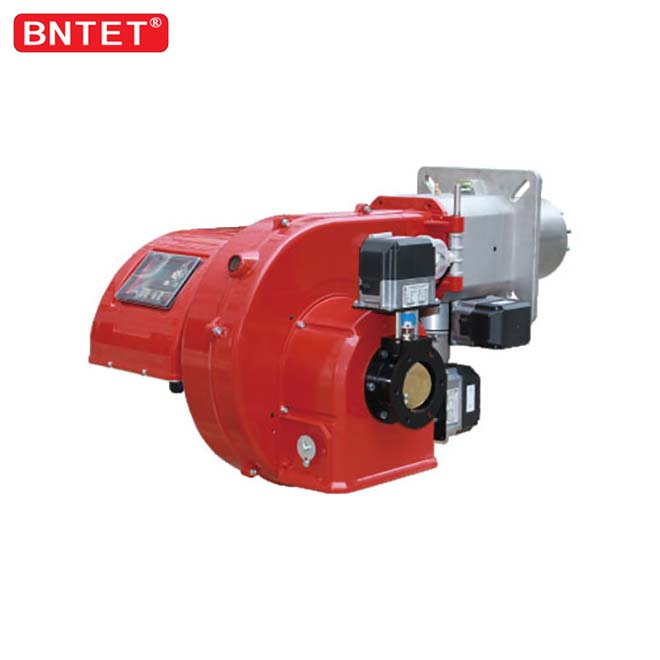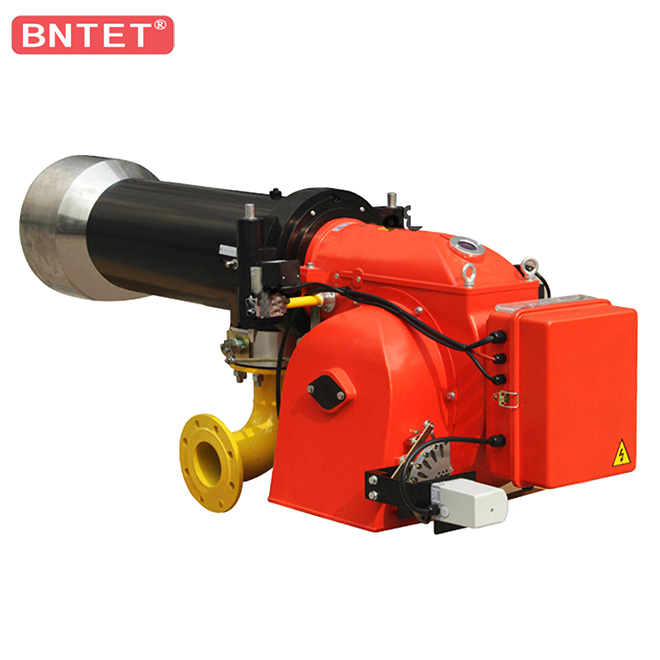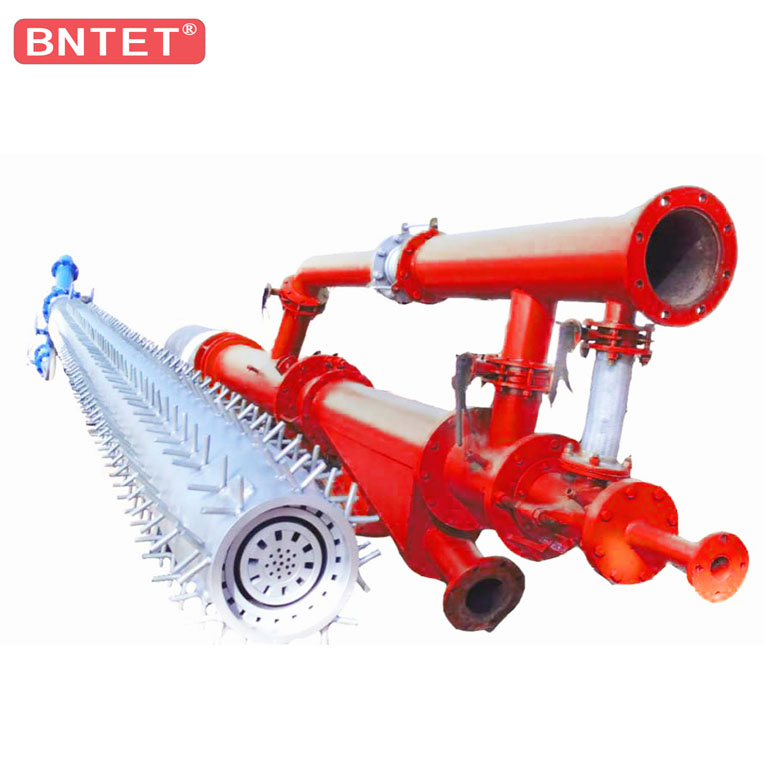Operating safety regulations for industrial natural gas lpg burners

The main fuels of industrial gas burners can be divided into natural gas, liquefied petroleum gas, city gas and other combustible gases. These are flammable and explosive dangerous gases. Safety must be paid high attention to during use and storage, otherwise there will be A major safety accident may occur.
In order to ensure the safety of commissioning operations, the operating standards of gas burners are formulated:
1. The inspection before the commissioning of the gas burner has three aspects:
1. Check whether the gas is in place, whether the gas pipeline is clean and unobstructed, and whether the valve is open.
2. Whether there is pipeline leakage, and whether the pipeline installation is reasonable.
3. Bleed air from the pipeline in front of the gas valve to ensure that there is no mixed air in the pipeline. At the same time, the exhaust pipe should be connected to the outdoors.
Second, the internal inspection of the gas burner of the boiler burner manufacturer
1. Whether the combustion head of the burner is installed and adjusted properly.
2. Whether the direction of motor rotation is correct.
3. Whether the external circuit connection meets the requirements.
4. Perform a cold simulation of the burner according to the line conditions, and observe whether the various parts of the equipment are normal and whether the flame detection protection part is normal.
3. Debugging of gas burners
1. Check whether the external gas is in place, the pipeline is unobstructed, and the external power supply is in place.
2. Adjust the load of the burner to a small load, and adjust the ignition position to a small load accordingly, turn off the large load to ignite and observe the flame situation, and adjust the servo motor or damper according to the flame situation
4. Matters needing attention in gas engine debugging and maintenance
1. When the gas burner fails to re-ignite continuously, it should be shut down to check whether the gas supply system of the burner is normal, and whether the wiring of the boiler burner manufacturer's circuit is correct, and the burner can be restarted after the failure is resolved.
2. It is strictly forbidden to knock or rub the gas supply pipeline with a wrench or a metal rod to avoid static electricity or sparks and gas explosions.
3. Smoking, welding, cutting and other illegal operations are strictly prohibited in the air supply valve group or the flange surface of the pipeline.
4. It is strictly forbidden to conduct any open flame test near the pipeline, valve block and pressure regulating valve to avoid major accidents.
5. Test whether there is fuel in the gas supply pipeline, usually with a gas low pressure meter.
6. In the gas supply pipeline, it has been evacuated, but there are residual gas or liquid droplets on the pipe wall. If it encounters static sparks and open flames, it will also cause combustion and explosion.
7. When the gas supply pipeline has been ventilated and the valve group is faulty, it needs to be disassembled. First, the front main valve of the valve group must be cut off, and then the gas in the pipeline from the main valve to the valve group can be vented, and then the valve group can be disassembled and repaired.
8. In the commissioning work, gas must be serious, safe and efficient.
9. It is prohibited to use non-explosion-proof electric power tools on site.
10. Before using the VPS504 leak detection device, the valve cover must be checked.
11. It is recommended to use VPS504 leak detection device for burners of 600,000 kcal and above.
